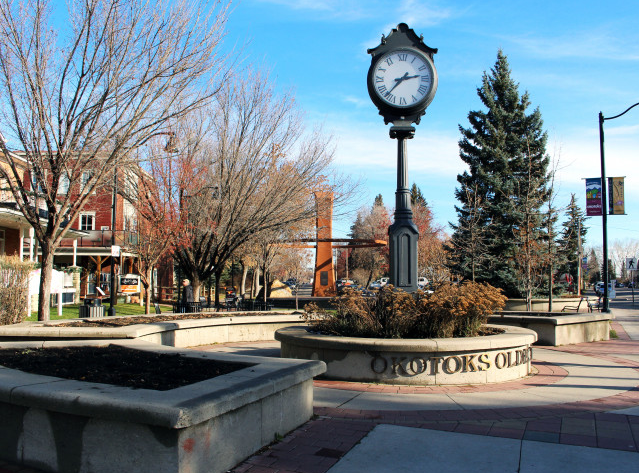Alberta, the westernmost of Canada’s three Prairie Provinces, is a region of contrast. On one hand, it boasts stunning landscapes, from the towering Rocky Mountains and vast forests to the rolling foothills and prairie lands. On the other hand, its urban areas provide a blend of cultural diversity, economic opportunity, and a vibrant energy sector. However, like any other region, Alberta has its safer and more challenging areas to live. This article aims to provide insights into both, shedding light on the safer havens and those places that pose more challenges.
Worst Places to live in Alberta
- Downtown East Village, Calgary: Known for its easy access to Calgary’s business district, the East Village has struggled with crime, including drug trafficking and property crimes. Despite recent revitalization efforts, it remains one of the most challenging places to live in Alberta. The neighborhood’s crime rate is above the city average, and its proximity to the downtown core tends to attract a transient population, which can contribute to instability.
- Abbeydale, Calgary: In the eastern part of Calgary, Abbeydale has battled with a high crime rate, particularly property crime and break-ins. The neighborhood has experienced economic downturns, which may contribute to these statistics.
- Boyle Street, Edmonton: Located in central Edmonton, Boyle Street has a higher crime rate compared to other neighborhoods. Issues such as homelessness, poverty, and substance abuse contribute to the area’s challenging living conditions. It’s a neighborhood in transition, with social support initiatives aiming to improve its safety and overall quality of life.
- Central McDougall, Edmonton: This is another neighborhood that grapples with socio-economic issues and a higher-than-average crime rate. Central McDougall faces the difficulties that often accompany densely populated urban environments, including break-ins, theft, and assault incidents.
Safest places to live in Alberta
- Strathcona County: Strathcona County, especially Sherwood Park, is considered one of the safest places in Alberta. It offers excellent schools, parks, and a sense of community, with low crime rates to boot. The county’s proactive approach to community safety, coupled with the residents’ high median income, makes it a desirable place to live.
- St. Albert: Consistently ranked among Canada’s best places to live, St. Albert offers a high quality of life. It boasts low crime rates, excellent public transportation, and a vibrant arts scene. Its robust economy, access to green spaces, and excellent public schools make it an attractive choice for families.
- Canmore: This mountain town west of Calgary is recognized for its low crime rate and outstanding natural beauty. Canmore offers an active outdoor lifestyle, good schools, and a tight-knit community. While real estate can be pricey due to its desirability and proximity to Banff National Park, residents attest to the town’s safety and quality of life.
- Okotoks: Located south of Calgary, Okotoks is known for its low crime rate, family-friendly atmosphere, and excellent schools. It offers a small-town feel with the conveniences of a larger city nearby. The town’s investment in public safety and community engagement has contributed to its status as one of Alberta’s safest places.
Conclusion
Alberta’s landscape, both literal and social, is incredibly diverse. This diversity results in variations in safety, socio-economic prosperity, and overall quality of life. However, whether an area is labeled as ‘safe’ or ‘challenging,’ it’s essential to remember that all neighborhoods are dynamic, with potential for change and improvement. Both the ‘safest’ and ‘most challenging

“Proud thinker. Tv fanatic. Communicator. Evil student. Food junkie. Passionate coffee geek. Award-winning alcohol advocate.”



